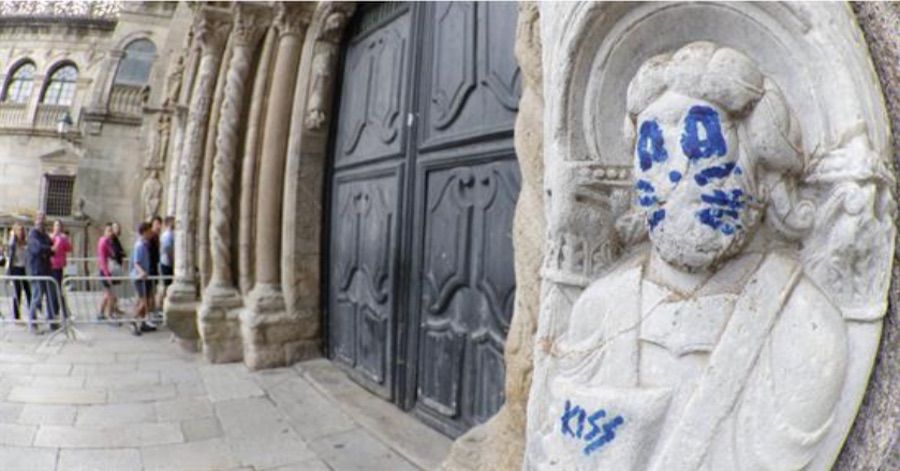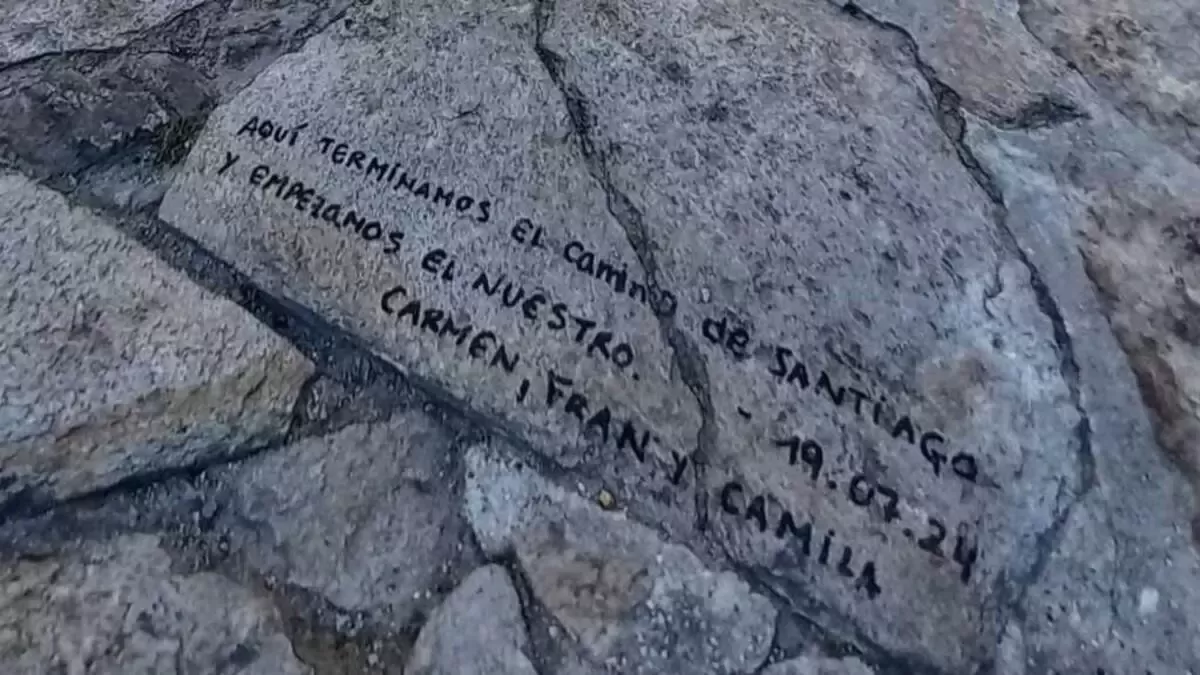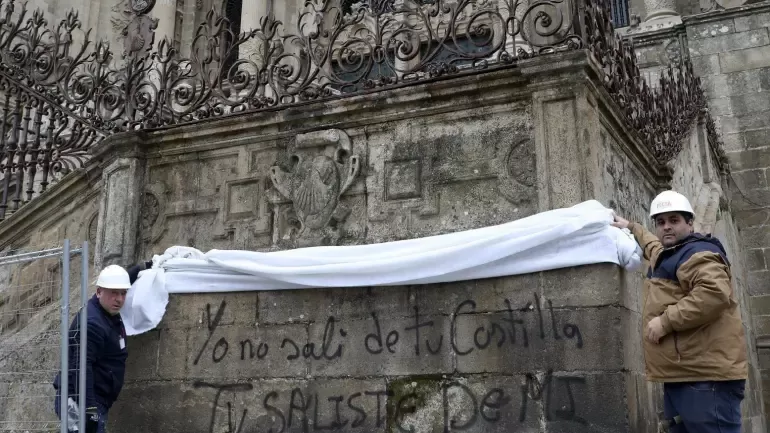Vandalism against historical heritage: why isn’t it penalized?
The Cultural Heritage Law of Galicia establishes fines ranging from 6,001 to 150,000 euros for those who vandalize historical monuments, such as the Cathedral of Santiago de Compostela. However, the effective enforcement of these sanctions is a considerable challenge.
Although the legislation clearly outlines severe penalties for acts of vandalism against cultural heritage, the process of identifying and punishing offenders is often lengthy and complicated. Difficulties in identifying perpetrators, combined with the bureaucracy of legal procedures, frequently result in impunity for many of these acts.
This situation concerns both local authorities and heritage advocates, who fear that the lack of punishment may encourage further vandalism. Protecting historical heritage is essential for preserving the region’s culture and identity, and the effective application of sanctions is crucial to deterring future offenses.
Carlos Henrique Fernández Coto, president of the Association for the Defense of Galician Cultural Heritage (Apatrigal) warns of the gravity of the situation. “It is urgent to combat these practices, as they can become viral and end up as a ritual for pilgrims, much like the burning of clothes in Fisterra, which has become a serious problem. However, graffiti on the Obradoiro or the Cathedral is even more severe. It affects the stone, and its removal comes at a high cost.”
Recently, three acts of vandalism in the historic center of Santiago confirmed these concerns. On July 19, a stone in the Praza do Obradoiro was found with a message written in permanent marker: “Here we finished the Camino de Santiago and began ours,” signed by three pilgrims—Carmen, Fran, and Camila. On July 29, another inscription appeared on a stone at the Fonte dos Cavalos in the Praza das Praterías, reading: “A and G bathed here,” accompanied by a date. Finally, on August 1, a tourist wrote a message in correction fluid near the exit of the Rúa de Fonseca, close to the Cathedral, saying “Mailena was Here,” followed by a “Hello” and two hearts. These incidents underscore the urgent need to intensify surveillance and enforce effective sanctions to protect the historical heritage of Santiago de Compostela.
Removing the effects of vandalism is an expensive process. Experts at Apatrigal estimate that the cost of removing graffiti is approximately 1,000 euros per square meter. The company Urbaser, responsible for municipal cleaning, carries out these tasks, but the impact goes beyond economic expenses. “The stone acquires a patina that must be preserved for historical, aesthetic, and technical reasons. When cleaned with lasers, the stone turns white, altering the monument’s appearance”, explains Carlos Henrique Fernández Coto.
Each new act of vandalism triggers a cycle of outrage on social media, political condemnation, and warnings from the Xunta, which promises to enforce the sanctions stipulated by the Cultural Heritage Law of Galicia. However, to date, these measures have not proven effective. Following the graffiti at the Praza das Praterías, the councilor for tourism, Míriam Louzao, stated that the local government is considering fines to combat these acts, although awareness campaigns remain the main approach. “Awareness campaigns do not eliminate the possibility of sanctions,” Louzao emphasized.
The Cultural Heritage Law classifies the destruction or significant degradation of an Asset of Cultural Interest (BIC) as a serious offense, with special attention to the historic territory of the Caminos de Santiago. However, enforcing these penalties is complex. “It’s difficult to catch the perpetrator in the act and identify them, which rarely happens,” notes Fernández Coto, who recalls only one case of punishment for vandalism, which occurred in Madrid, where a man was fined 1,300 euros for damaging a sculpture by Eduardo Chillida, a decision upheld by the Supreme Court.
The fight against vandalism in Compostela’s heritage remains a challenge for local authorities, who strive to balance awareness with enforcement to protect the city’s historical monuments.
Source: El Correo Galego


